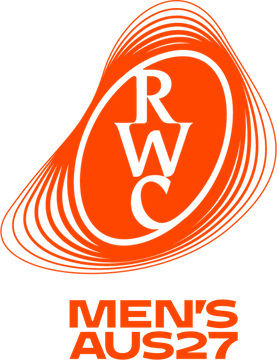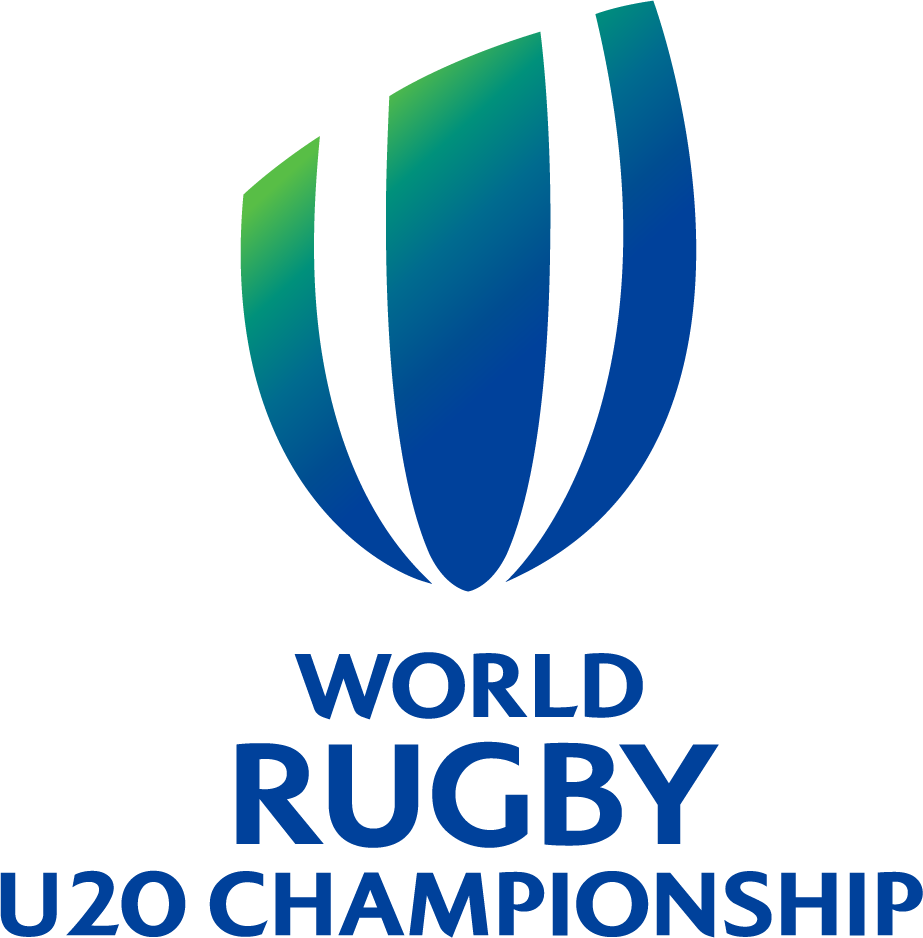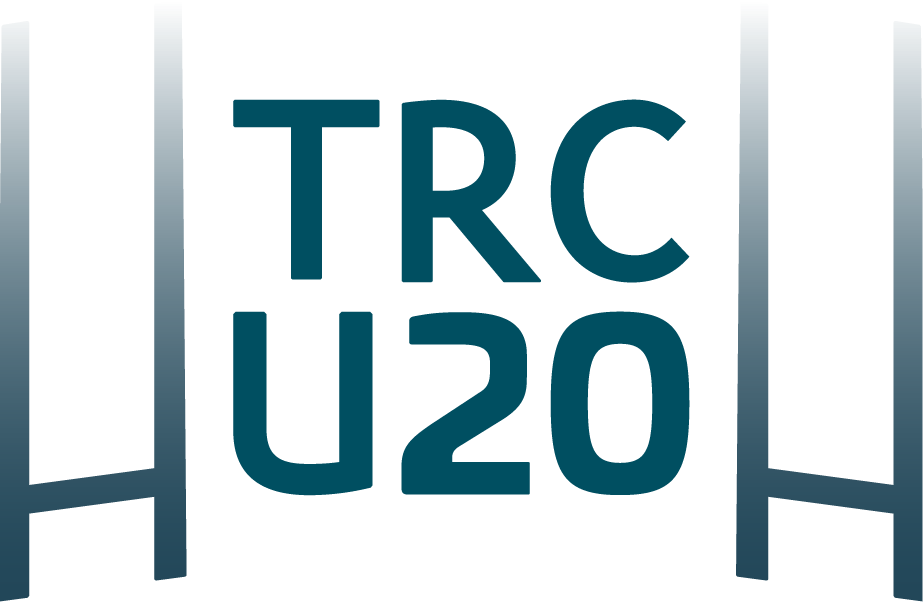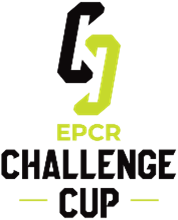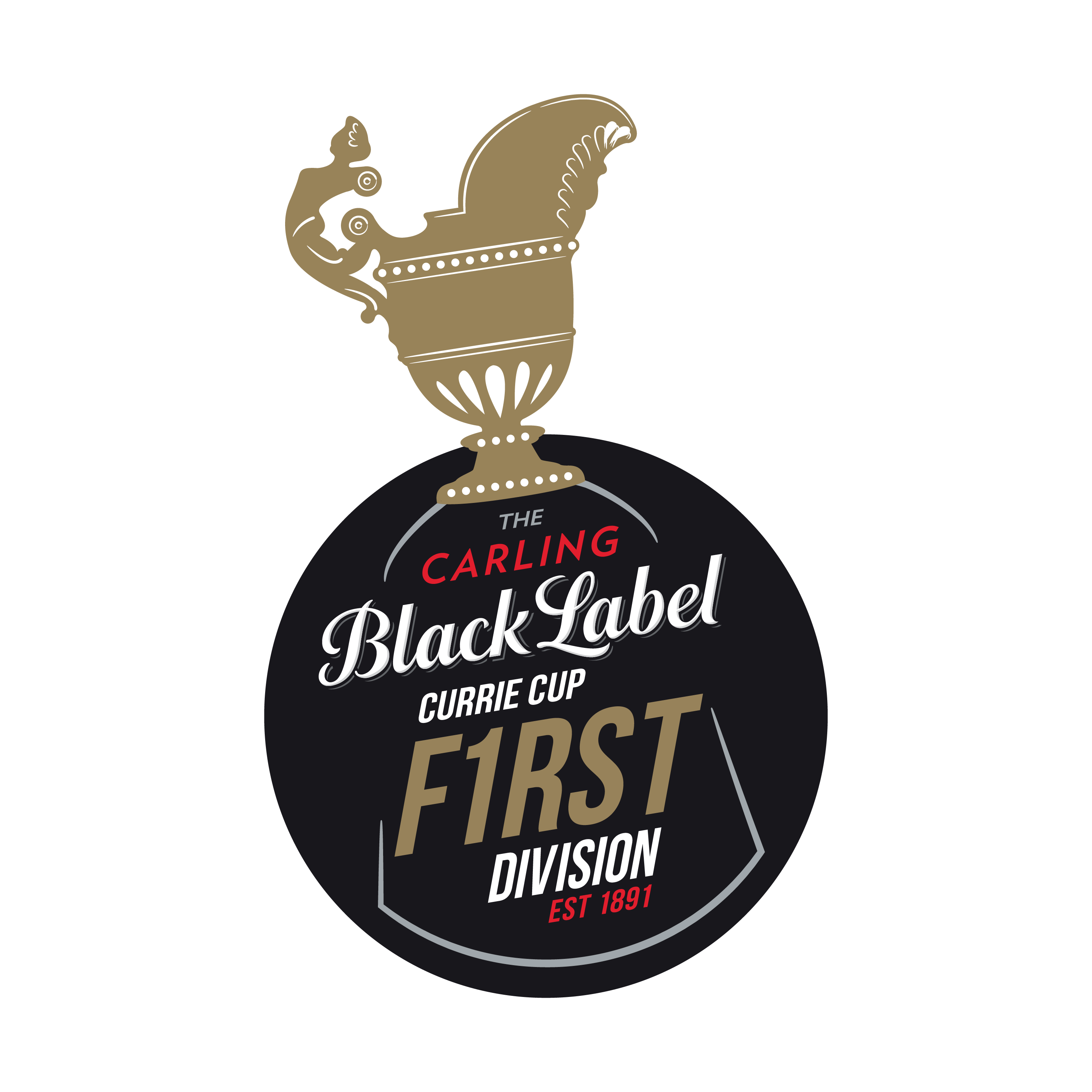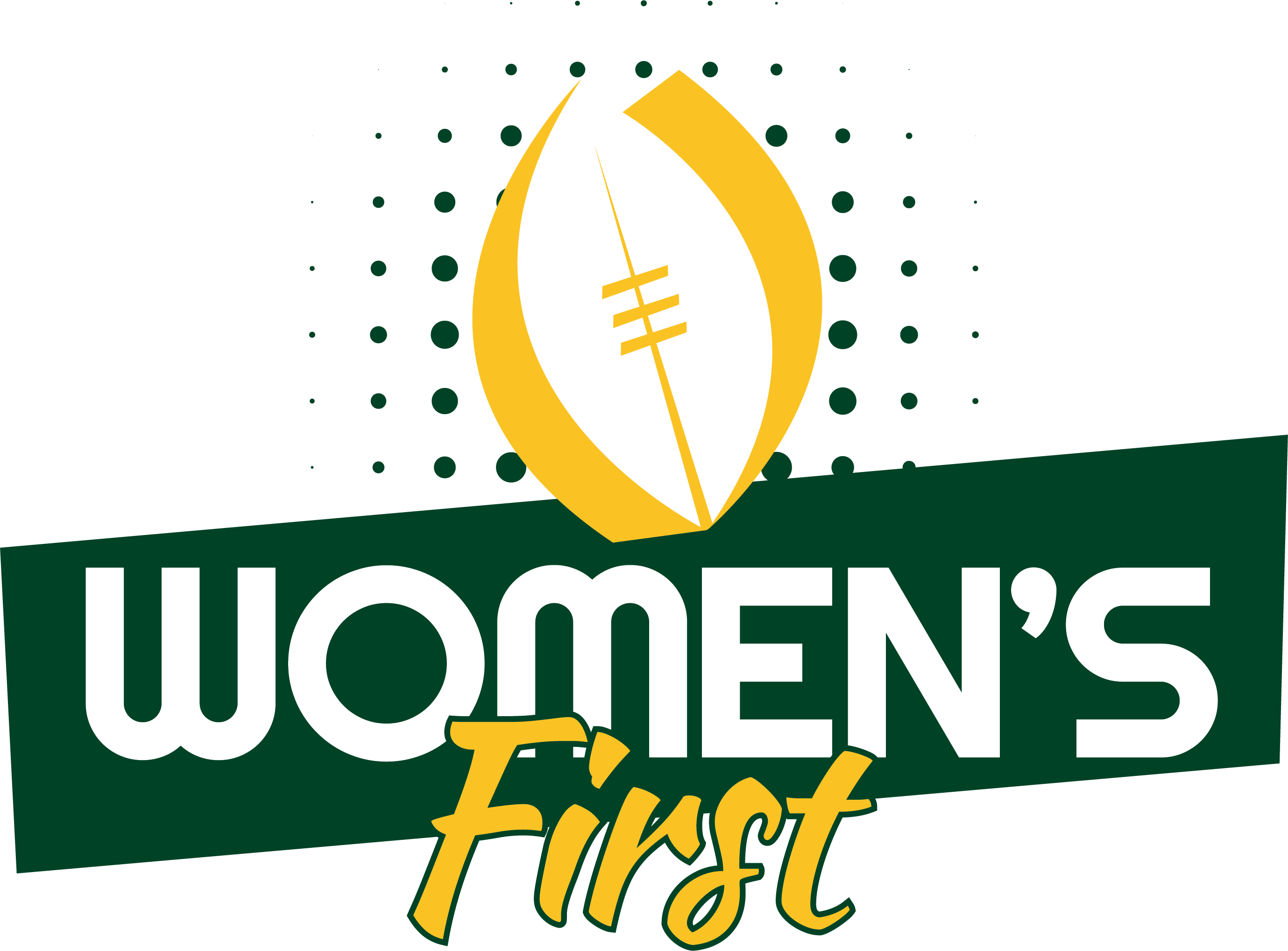
In 1992 with unity in South Africa, the existing Chris Burger Fund merged with the Petro Jackson Fund in memory of another young player who died in 1989 to form the Players’ Fund as it is today. The Players’ fund duly supported by the South African Rugby Union has historically provided support to catastrophically injured rugby players and their families for over 30 years.
Additionally, SARU - under direction of the late Dr Ismail Jakoet, who coincidentally was also one of the Trustees of the Players’ Fund at the time - was responsible for providing further education and awareness on the management of head, neck, and spine rugby injuries during the period 1992-2007 on SARU’s behalf. One of the cornerstones of SARU and that of the Fund was developing injury prevention initiatives that would ultimately lead to reduction in head, neck, and spine injuries.
A national survey amongst the 14 Provincial Unions in 1993 established that there was a significant lack of primary field-side medical care at club and schools around SA. It was identified that the primary cause of the lack of medical infrastructure was:
- The exorbitant costs involved in providing this emergency medical services
- The number of trained personnel to provide such emergency medical services countrywide was lacking
Based on these findings, in 1996, SARU approached a company called Smith-&-Nephew to sponsor one-day primary field-side care workshops that were presented to the 14 Provincial Unions around South Africa. These courses were presented by Dr Ismail Jakoet and Joyce Morton aimed at Club and School representatives around the country. Emanating from these workshops the original Rugby Medic Club and Spineline initiatives were borne via SARU and the Chris Burger/Petro Jackson Players’ Fund.
In 2006, SARU in conjunction with the Fund embarked upon developing an action plan to reduce the increasing number of serious head, neck and spine injuries associated with the game of rugby union in SA. After various workshops with all local relevant rugby stakeholders during 2006 and 2007, the concept of the BokSmart National Rugby Safety programme was borne. The position of Project Manager was advertised in December of 2007, and the position was filled in January of 2008.
DEVELOPMENT YEARS
With the position of Project Manager in 2008 being filled, the first part of the programme development was to research the existing programmes in place such as New Zealand’s “RugbySmart”, Australia’s “Smart Rugby” and World Rugby’s “Rugby Ready” programmes and develop a strategic plan for the project that would be potentially be sustainable and effective in curtailing the serious and catastrophic rugby injuries within the South African landscape, taking into account South Africa’s diverse socio-economic challenges and disparity in education.
It was envisaged that BokSmart should be developed using a researched evidence-base, and where little scientific evidence was available, internationally accepted best practice standards. If one was to be effective, this approach was non-negotiable. Within the proposed strategic framework, specialised topics were identified for further research, and numerous experts, professionals and specialists in the field were contracted to research these topics on the programme’s behalf.
The guidelines developed in these research articles were used in the development of the educational content and medical protocols presented on the BokSmart educational workshops and are also freely available on the BokSmart Website at www.boksmart.com.
The main focus areas of the programme are injury prevention, injury management, rugby safety, and player performance with specific attention on serious and catastrophic head, neck and spine injuries. Coach and referee education forms the main intervention of the programme, with the development and provision of evidence-based medical protocols, the development and implementation of appropriate rugby safety regulations, the monitoring and research analyses of demographics and serious injury trends, and effective marketing and communication of the above assisting in the educational and strategic implementation process.
The reason that coach and referee education was seen as the primary intervention of the programme, is that in the South African context, many clubs, schools and teams, in especially the rural, underprivileged and disadvantaged communities, there is seldom any medical support staff, and/or medical stabilisation equipment available. In these communities the coach or referee is sometimes the only person who can intervene at this level of play.
This model has also been shown to extremely effective in reducing serious and catastrophic head, neck and spine injuries in the game, as coaches and referees are the ones who control the players’ actions on the field, and are the primary effectors of serious and catastrophic injury prevention, by instilling the core rugby values and correct technical aspects of the game in their players, and controlling how players act on the field.
It was decided that a uniform and standardised messaging approach should be utilised, and for this a Video facilitated approach was opted for, whereby the educational rugby safety content would be presented by well renowned experts in their respective fields. By doing it in this way it was felt that the core message never changes regardless of who facilitates the course, and by using the relevant experts to convey the message, this would ultimately create better buy-in from the attendees.
Each course attendee would receive a Video-based instructional set, together with a BokSmart Toolkit manual or Handbook, which covered all the essential points on paper, and a Concussion guide, that would assist coaches and referees on-field to make appropriate decisions. This would be provided for free to all attendees on the Rugby Safety course.
Additional to this, a website with freely available educational content (www.boksmart.com) together with Facebook (www.facebook.com/boksmart), YouTube (www.youtube.com/boksmartsa) and Twitter (@BokSmart) pages were created to assist in conveying the rugby safety message to all.
The development of the BokSmart National Rugby Safety programme was finalised over an 18-month period and culminated in the programme being officially launched nationally on 9 July 2009.
The BokSmart Courses have evolved since 2021 and have moved to an online Learning Management System called MyBokSmart, where the courses, documentation and digital resources are freely available and accessible to all. This has extended the reach of the programme to additional role players.







